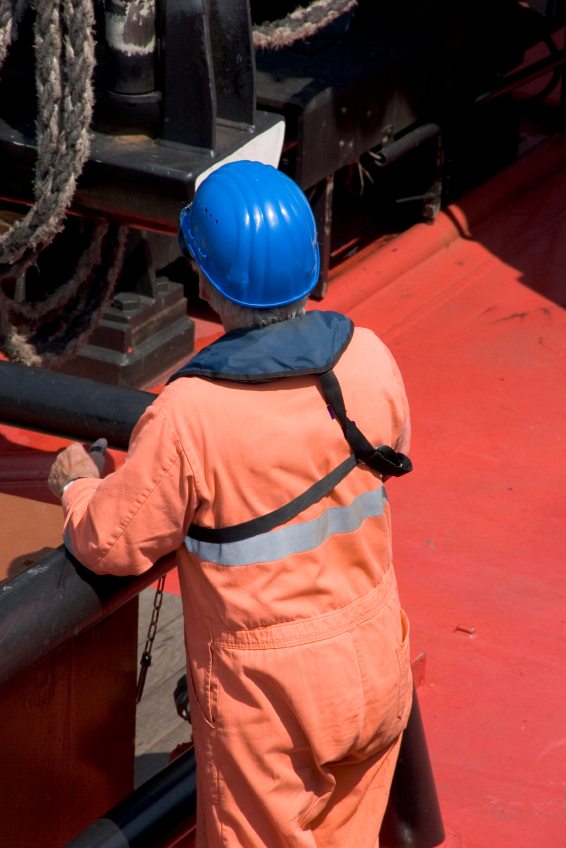Longshoremen and Mesothelioma
Mesothelioma Moors Itself in Boatloads of Longshoremen
You load and unload cargo aboard moored freighters and other vessels.
Sometimes you perform this work while on a wharf. Other times you attend to it topside aboard ship. And on still other occasions you work below deck, in the ship’s hold.
Wherever you’re situated relative to the cargo, you probably have come into contact with asbestos.
Because of that, you likely bear a moderate to high risk of developing mesothelioma.
Sources of asbestos exposure include:
- Cargo
- Pallets
- Hoist and crane cables
- Ship interiors
Shipboard asbestos is a huge problem. The mineral is plentiful and easy to mine, so shipbuilders went completely overboard in using it.
As a result, you can find asbestos in bulkheads, galleys, quarters, messes, boiler rooms and engine rooms. You can find asbestos inside crane systems, coated onto cables and more.
They used asbestos for a number of reasons. One was to make ships fireproof. Another was to keep machinery heat contained. Yet another was to make materials lighter and stronger.
Why Asbestos Harms Longshoremen

But by the 1980s, asbestos use was dramatically curbed thanks to government intervention and the first of what would become many personal injury lawsuits brought by victims of asbestos exposure.
The harm from asbestos comes about as materials and products containing it suffer wear and tear. As deterioration occurs, the asbestos within breaks loose and finds its way into the air.
This happens a lot inside cargo holds, where pallets and containers bang into the ship’s interior structures during loading and unloading. And the asbestos particle concentration in the air inside a hold is about as bad as it gets anywhere aboard ship because it’s an enclosed, not well-ventilated space.
Sometimes the cargo itself is asbestos or an asbestos-containing material, or a product that only adds to the asbestos particle concentration in the air. Sometimes the asbestos is also on the clothing of the crew that manned the ship during its journey to your port.
The very bad thing about airborne asbestos is that you can breathe or swallow it. You never want that to happen because asbestos inside your body can cause mesothelioma.
It works like this. Say you inhale some asbestos. Down into your lungs it goes. Nothing happens right away.
But, over the span of decades, the trapped asbestos triggers frightening biological changes in the makeup of the cells that line the outside surfaces of your vital organs – lungs, intestines and heart.
The changes in those cells are truly horrible because they turn healthy cells into cancerous ones. The cancer is mesothelioma.
Union Wants to Scuttle Mesothelioma
You probably are a proud member of the International Longshore and Warehouse Union.
If so, you may already be aware that the ILWU is strongly committed to protecting the health and safety of its members.
That commitment comes from awareness that — as the union puts it — the job of longshoreman is one of the most dangerous on the planet.
As such, the ILWU wants to help you know all your options for staying healthy despite the threat posed by asbestos.
Contact the ILWU today and learn more about what it offers.
